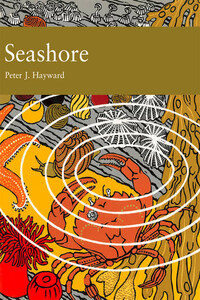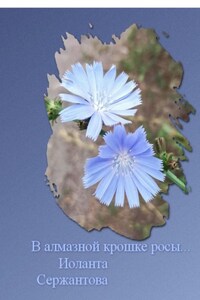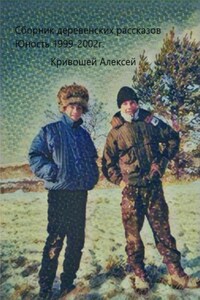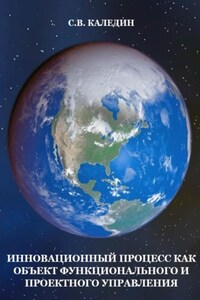Seashore

A comprehensive, authoritative account of the natural history of the seashore, from earliest times to the present day. This edition is exclusive to newnaturalists.comThe seashore, with its endlessly changing tides, is one of the most fluctuating physical environments on the planet. Home to an abundance of animal and plant life, it is also one of the richest habitats the naturalist can explore. Here in Britain, we are fortunate to have a long and varied coastline, and our relatively large tidal ranges mean that our seashore offers a wide range of coastal habitats, including mud, sand, shingle and rock. In New Naturalist Seashore, Peter Hayward looks at:• Resident and migrant species, including fish, barnacles, limpets, winkles, sponges, algae, lichens and sea grasses• The effects of tourism and pollution on these habitats• The geology of the British Isles, with its sinking and rising coastlines• The responses and adaptations of plant and animal life to a changing physical environmentThis narrow strip of beach between the land and the sea that we call the seashore, has always attracted man, in the early years as a source of food, and in Victorian times as a rich habitat that the early naturalists would explore. In this fascinating addition to the highly regarded New Naturalist series, Peter Hayward brings the natural history of the seashore right up to date.







